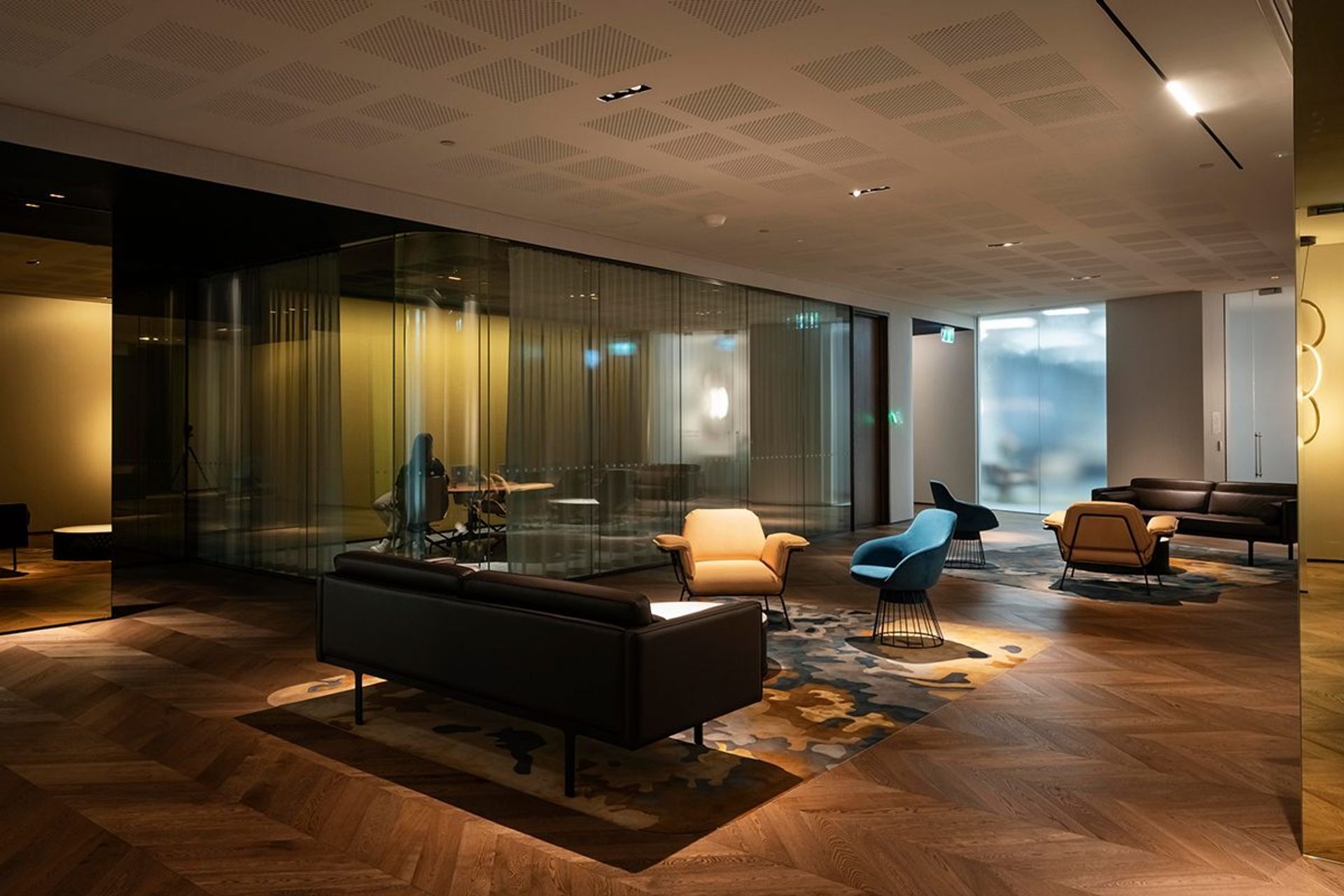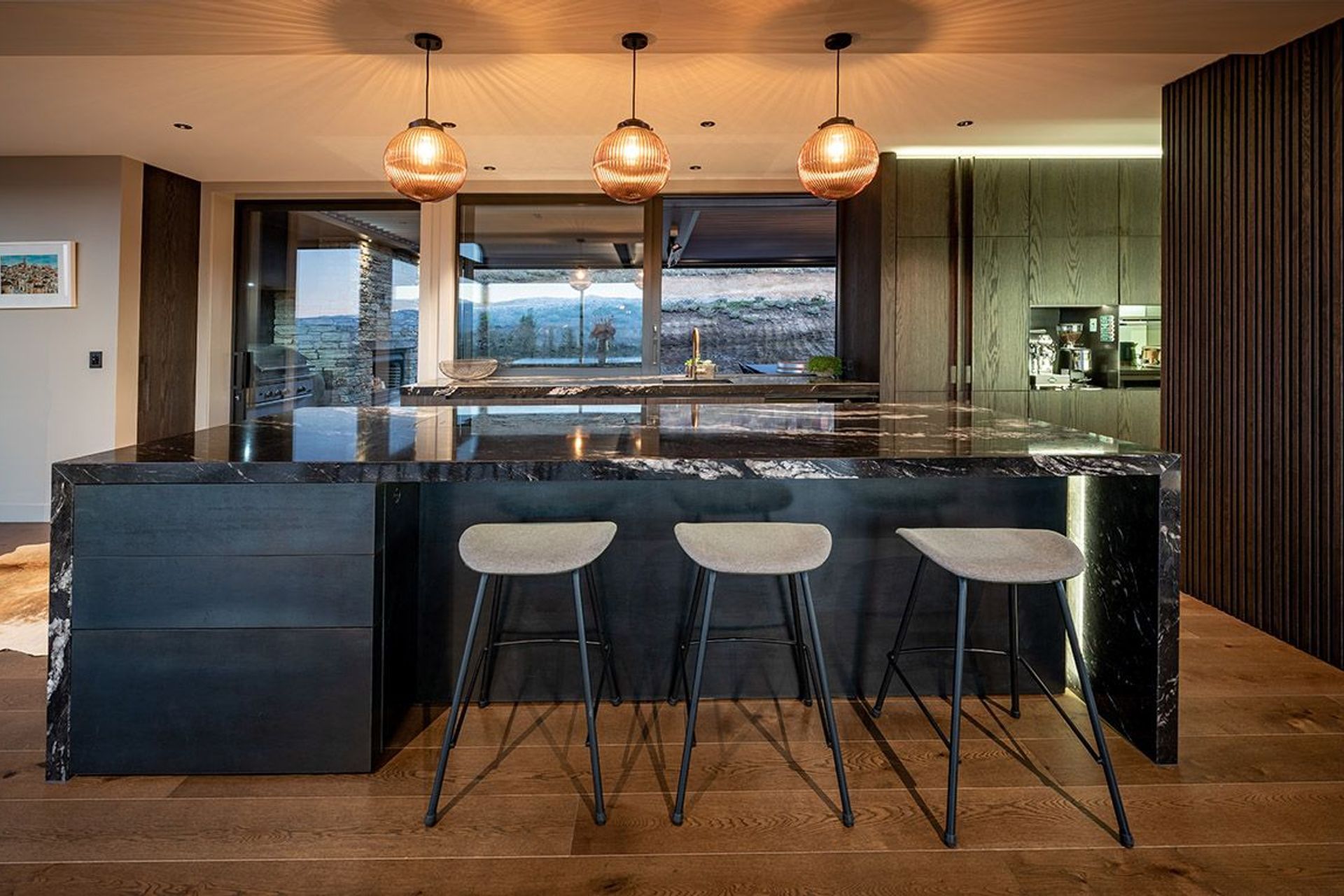The Nature of Wood

Movement
Your wooden floor is part of your building and the performance of the floor is dependent on temperature and relative humidity within the building.
Wood is a natural material, absorbing and releasing moisture to and from the air. Timber used in flooring is seasoned or kiln dried to reduce the moisture content, although, the wood’s ability to absorb moisture remains. This ability is lessened by applying a polyurethane or oil coating. All concrete subfloors should be moisture sealed with a DPM (Damp Proof Membrane) to prevent moisture being absorbed from the concrete into the timber floor.
Throughout seasons we experience a range of weather patterns; cold, damp conditions create high humidity levels causing the wood to swell, whereas heating and sunlight have the reverse effect. Therefore, a small degree of expansion and contraction is to be expected in any wooden floor and this can sometimes be visible.
To allow the wood to expand and shrink, expansion gaps are left between the floor and the wall, these gaps are covered by skirting or beadings and trims. Fine gaps may appear from season to season, especially in rooms that experience unusual or significant changes in humidity and temperature, from both heating and sunlight. To help minimise these effects, owners can stabilise the environment of the building through temperature and humidity control.
It is not recommended that a house be left unheated for long periods during winter, as the moisture content of the building will rise without the drying effect of the heating and venting associated with normal occupancy. After a period of being unoccupied, avoid sudden heating, as this may dry out the surface of the flooring faster than the middle and bottom of the timber, leading to differential shrinkage.
This can cause cracking of the polyurethane along the joints and cupping of the boards.

Heating
All forms of heating, including freestanding heaters, radiators, heat pumps and under floor heating, affect the temperature of the floor. The floor should remain at a temperature below 24°C or 75°F, no matter what type of heating is used. Heating temperatures must be adjusted gradually as any extreme temperature change can damage the floor. For this reason we recommended that any manual control units for underfloor heating are enclosed and positioned so that only experienced people have access to them.
Each time underfloor heating is turned on, start at 15°C and increase the temperature by 1 to 2 degrees per day over a period of 7 days, until the required level is reached—below 24°C. It is recommended that you reduce the temperature in the same manner.
The moisture content of the floor should remain within the acceptable range of 9–13%. If you are considering a water-controlled system, it is important that the unit is controlled by the temperature of the floor, not the temperature of the water in the system.
Misusing temperature controls will prove too much for any wooden floor and will eventually lead to floor failure.
Insulation in concrete slabs, dehumidifiers and heat transfer kits will also impact on the temperature and humidity level of your wooden floor.

Sunlight & UV
All natural products are affected by the sun. Strong sunlight and UV rays will have a detrimental effect on wooden floors. It will dry out the timber and splits may appear. It can also cause a distinct change in colour, particularly noticeable with darker woods and stains which can become significantly lighter. This can happen over a period of time, but occasionally it can happen almost immediately after the floor has been installed.
Colour change is most obvious when rugs are placed on the floor. It is advisable not to place rugs down during the first 3-6 months after install, to enable any fading to happen evenly throughout the floor. If you are out of the home for a few days or more, we advise you to roll up any ruTimber Flooring in Wet Areasgs to give the floor an opportunity to share the sunlight and balance up tonal variations. The chemical reaction which causes materials to fade is accelerated by high temperatures. We therefore strongly suggest that you attach UV filters and/or blinds to windows, not only to protect your wood flooring but also your furniture, fabrics and carpets. We also recommend that the temperature of the room is considered. Please be aware that we cannot be held responsible for fading.

Timber Flooring in Wet Areas
(NOTE: not all floors are warrantied for wet areas, although typically kitchens are covered – Contact us to discuss which product suits your requirement)
A wet area is an area within a building with a water supply system. It includes bathrooms, laundries and toilets but surprisingly sometimes excludes kitchens and bars/food prep areas.
Wet areas are problematic for all types of flooring and nothing is 100% waterproof, including most vinyls and tiles with grouting. There are many conflicting views with regards to timber flooring in wet areas. Whether you have a slow leak or a major flood it can be a costly repair. Ultimately it is often the insurance companies that bear the costs and it is worthwhile checking with your insurance company to find out exactly what type of flooring they cover in such an event. They are not all the same. That said, there have been many instances when flooded timber floors have dried out, given sufficient time, and require no remedial work at all. The most important remedy for any major spill, is to remove the liquid as soon as possible, without causing product shrinkage (see cleaning and maintenance).
We recommend a Moisture Barrier (DPM) to be applied on all concrete subfloors, this prevents dampness seeping through the concrete, and coming in to contact with the timber.
Timber flooring, whether prefinished or finished on site, will not have a continuous membrane on the top surface. Timber flooring moves seasonally, as it reacts to the humidity level within its environment, and the coating will crack between the boards during this process. A gap sealant is applied to the expansion gap left around the edge of the flooring when skirtings/toespaces are not being installed. it can also be placed under a skirting in bathrooms, toilets, laundries, etc. However, as with tile grouting, water can still work its way in and through capillary action, travel some distance.
Please discuss any concerns you have with regards to wet areas with our team.

